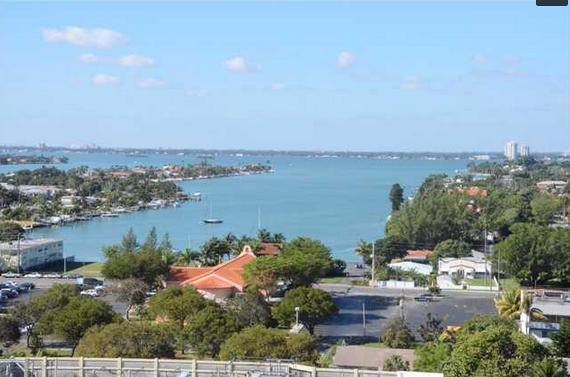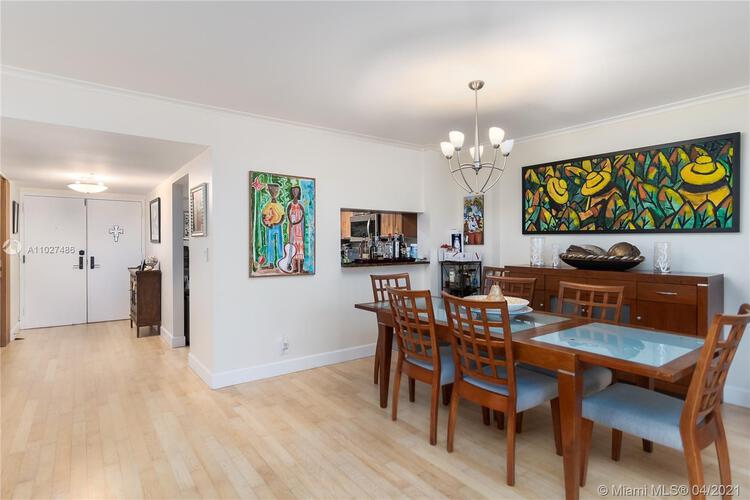


Developers are now buying out decades-old condominiums, most often those along the water, with plans to tear them down and develop luxury properties.Įven before the collapse, developers were snapping up condo buildings. Condo owners in aging buildings became receptive to selling not only because their apartments could fetch top dollar, but also due to their concerns over future expensive repairs.įor developers, the shift away from aging buildings spurred something of a gold rush, since it liberated valuable waterfront land.

In fact, droves of condo shoppers swore off older buildings like Champlain - which was approaching its 40th anniversary at the time of the collapse - in favor of new construction, fueling Miami’s already red-hot condo market. The collapse opened up opportunities for developers, as new condo buyers avoided aging buildings, and old condo owners were more willing to sell, freeing up lucrative waterfront land. Some feared that the horrific crash would scare off prospective buyers, cooling Miami’s sizzling residential market. Heavyweights such as Miami’s largest condo developer, the Related Group, commissioned structural studies of buildings under its portfolio and now has its development plans peer reviewed. Insurers and developers agreed to pay out over $1 billion in a settlement for injured survivors and victims’ family members. The collapse of the Champlain Towers South condominium in Surfside, Fla., an oceanfront town just north of Miami Beach, forced a reckoning over local building codes, safety measures and an encroaching sea. SEE ALSO: Champlain Towers Collapse Investigation Enters New Phase


 0 kommentar(er)
0 kommentar(er)
